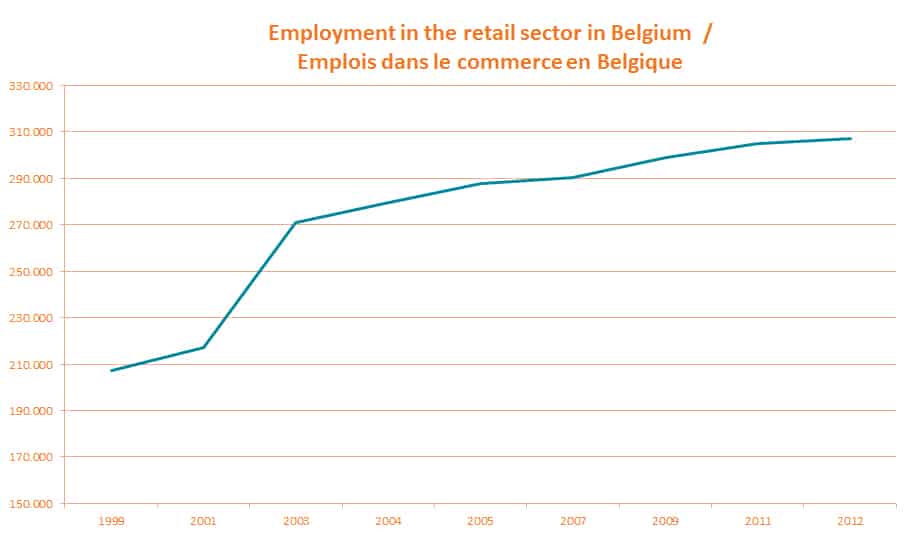Hi-tech startups receive a great deal of attention in the press and from official authorities; they are sexy, make cool products, are usually launched by talented young guys with excellent engineering / business degrees. The purpose of my post today is to show that the “sexyness” of a project or the intellectual content of it should not make us forget that there are many other firms out there, called Low-Tech companies, that deserve at least the same if not more attention from officials
Low-tech vs. High-Tech: the 2/3 – 1/3 rule
Let me first start with a few figures published in 2012 by the European Commission
High-Tech Manufacturing represent 2.3% of SME’s
Low-Tech Manufacturing represent 8.4% of SME’s
Intellectual Services represent 20.9% of SME’s
Non intellectual services (like retail) represent 53.6% of SME’s
Belgium belong to the European countries where the rate of Low-tech companies is the highest; in other words Belgium (like France, UK, …) has a below-average rate in terms of employment in Hi-Tech manufacturing SME’s but also in Hi-Tech services. Yet (and this is why Hi-tech startups catch so much attention) Hi-Tech SME’s are far above heir low-tech counterparts in terms of growth and jobs generated by firm.
Employment figures in the retail sector in Belgium
The retail sector represent 400000 jobs and 300000 employees in Belgium. In 2012, 36700 vacancies were not filled.
As you can see from the graph below, employment in the retail sector has grown steadily since 1999 (figures courtesy of Comeos).
When you see such figures, don’t you think that supporting heavily the low-tech sector makes sense? Let me add a few killing arguments now.
Why do firms go bankrupt?
Here is the result of Nathalie Crutzen (University of Liege) work on the origin of bankruptcies; these figures were presented in a workshop in September 2010.
Three typical failure patterns for badly-managed small firms were identified by Nathalie (citation from her slides):
Firms with deficiencies in strategic management (28%): deficient management of the interrelation between the firm and its environment (market/environment analysis, anticipation, adaptation, strategy)
Firms with deficiencies in operational management (46%): deficiencies in finance/accounting, administration, day-to-day management management(planning, control, human resources management), etc.
Totally badly-managed firms (26%)
The third category is a combination of 1 and 2.
Who goes actually bankrupt?
As we revealed in an earlier post on the survival rates of firms, retail and construction companies have the lowest 5-year survival rate of all. What the INSEE statistics also showed is that the educational background of founders directly influence the odds of surviving. More precisely a 3rd level degree (MBA, PhD) doubles the chances of survival.
Conclusion
In short, the low-tech sector is twice as big in terms of forms as the high-tech sector. The retail sector alone represent more than 50% of SME’s
The low-tech sector has the lowest survival rate of all categories of SMEs with retail and construction below the 50% mark at a 5-year horizon.
Statistics also show that education has a huge impact on survival.
The question is thus: what are we waiting for to give low-tech entrepreneurs the support to really make a difference?
Posted in Entrepreneurship, Innovation.
